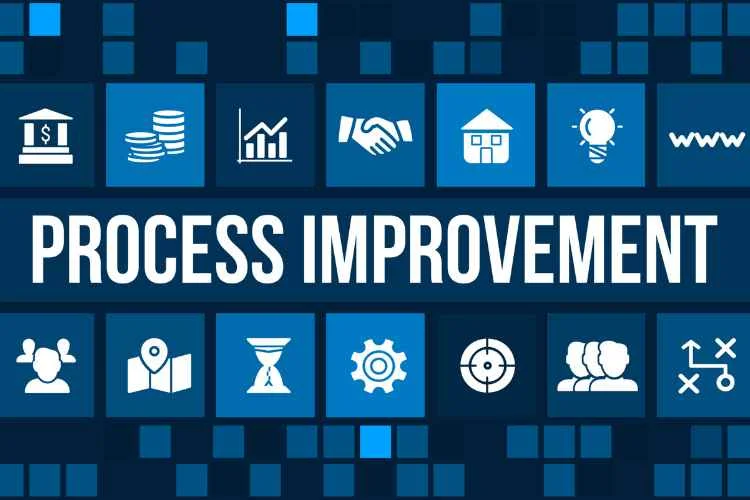Seamless and secure payment processing is paramount for online businesses. Developers play a pivotal role in ensuring that payment systems are efficient and resilient to emerging challenges. Here are some key strategies for developers to enhance payment processing, focusing on innovation, security, and user experience.
Embracing Emerging Technologies
Developers should stay abreast of emerging technologies like blockchain and digital wallets to enhance payment processing. Integrating these technologies can streamline transactions, reduce costs, and provide users with more options. For instance, integrating blockchain can enhance transparency and traceability, fostering trust among users. Staying ahead in technological advancements enables developers to future-proof payment systems and meet evolving user expectations.
Streamlining Integration with Dev Portals
Developer portals (dev portals) serve as valuable resources for developers seeking to integrate payment processing into their applications. These portals provide documentation, APIs, and tools that simplify integration. For instance, a well-designed dev portal can offer sample code, troubleshooting guides, and sandbox environments, expediting the development and testing phases. Streamlining integration through dev portals saves developers time and fosters a collaborative environment, where knowledge sharing contributes to continuous improvement.
Prioritizing Security Measures
Security is a top concern in payment processing. Developers must implement robust security measures, including encryption, tokenization, and multi-factor authentication. By prioritizing security, developers safeguard sensitive user data and build trust in their payment systems. This safeguards both users and businesses, mitigating the risk of financial losses and preserving reputational integrity.
Optimizing User Experience
A seamless user experience is crucial for successful payment processing. Developers should focus on creating intuitive interfaces, reducing friction in the payment flow, and implementing responsive design. Enhancing the user experience ensures that customers are more likely to complete transactions and return for future purchases. User-centric design increases customer satisfaction and contributes to higher conversion rates and brand loyalty.
Implementing Real-time Analytics
Real-time analytics empower developers to gain insights into payment transactions as they occur. By implementing robust analytics tools, developers can detect and address issues promptly, optimize payment flows, and enhance the overall performance of the payment system. Real-time analytics also enable developers to identify patterns, detect fraud, and make data-driven improvements to the payment processing infrastructure. Proactive monitoring through real-time analytics ensures a dynamic and adaptive payment system that evolves with changing user behaviors and market trends.
Ensuring Regulatory Compliance
Regarding payment processing, developers must also navigate a web of regulations and compliance standards. Ensuring that payment systems adhere to industry regulations, such as PCI DSS (Payment Card Industry Data Security Standard), is paramount. Developers should stay informed about evolving compliance requirements and update systems accordingly. This mitigates legal risks and builds confidence among users, assuring them that their financial information is handled with the utmost care and compliance.
Implementing Cross-Border Payment Solutions
As businesses expand globally, developers face the challenge of accommodating diverse payment methods and currencies. Implementing cross-border payment solutions requires understanding international regulations, currency conversion, and local preferences. Developers should strive to make payment processing seamless for users worldwide, considering factors like language support, regional payment gateways, and compliance with varying financial regulations. This inclusive approach enhances the accessibility and acceptance of online payment systems across diverse markets.
Fostering Collaboration with Financial Institutions
Collaboration with financial institutions is instrumental in optimizing payment processing. Developers should establish strong partnerships with banks, payment processors, and financial technology providers. This collaboration not only facilitates the integration of new financial technologies but also opens avenues for innovation. Access to financial institution resources can enhance security measures, expedite transaction settlement, and provide developers with valuable insights into emerging financial trends. A symbiotic relationship between developers and financial institutions fosters a dynamic ecosystem that adapts to the evolving landscape of digital finance.
Adopting Machine Learning for Fraud Detection
Combating fraud is an ongoing challenge. Developers can leverage machine learning algorithms to enhance fraud detection capabilities. Machine learning models can identify potential fraudulent activities in real-time by analyzing patterns, anomalies, and user behavior. Integrating such systems into payment processing strengthens security and minimizes false positives, ensuring legitimate transactions proceed smoothly. As the sophistication of fraudulent activities evolves, the adaptive nature of machine learning becomes invaluable in staying one step ahead, providing an additional layer of defense to fortify payment processing systems against emerging threats.


